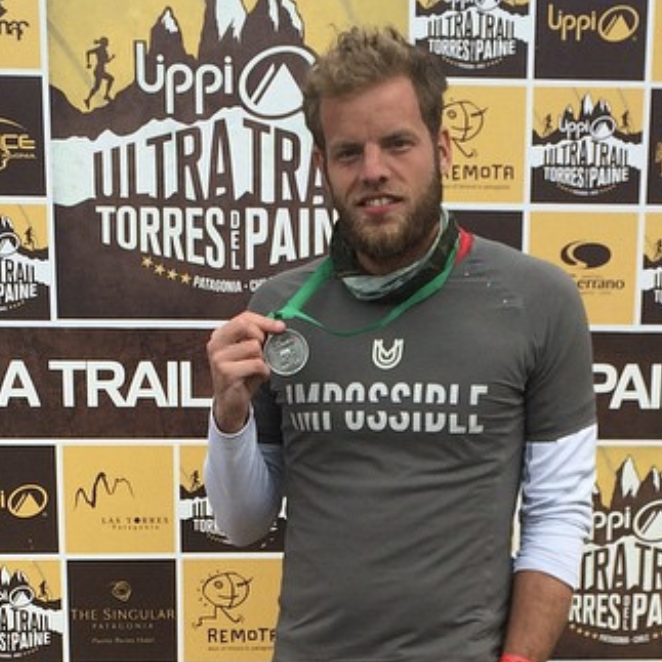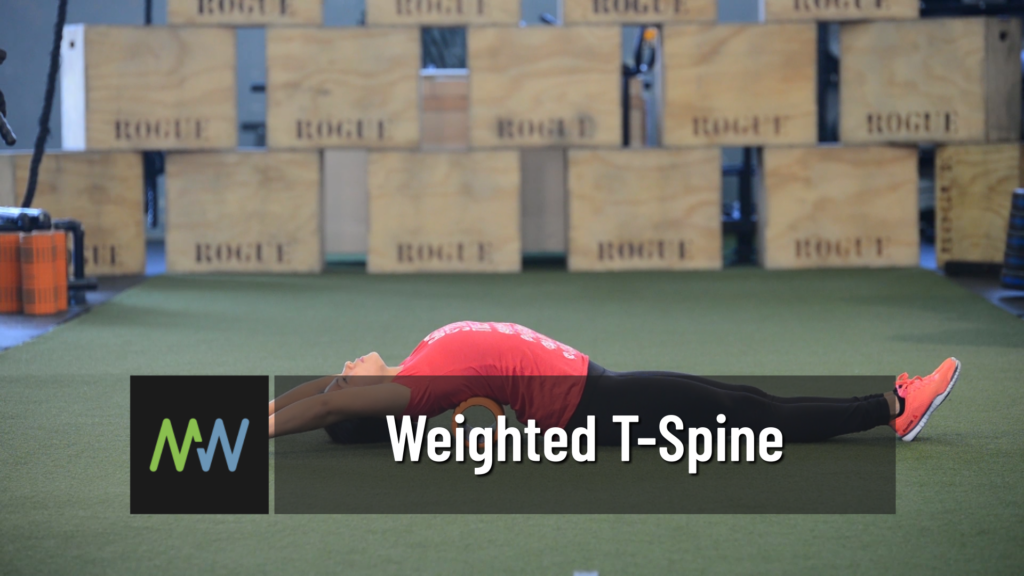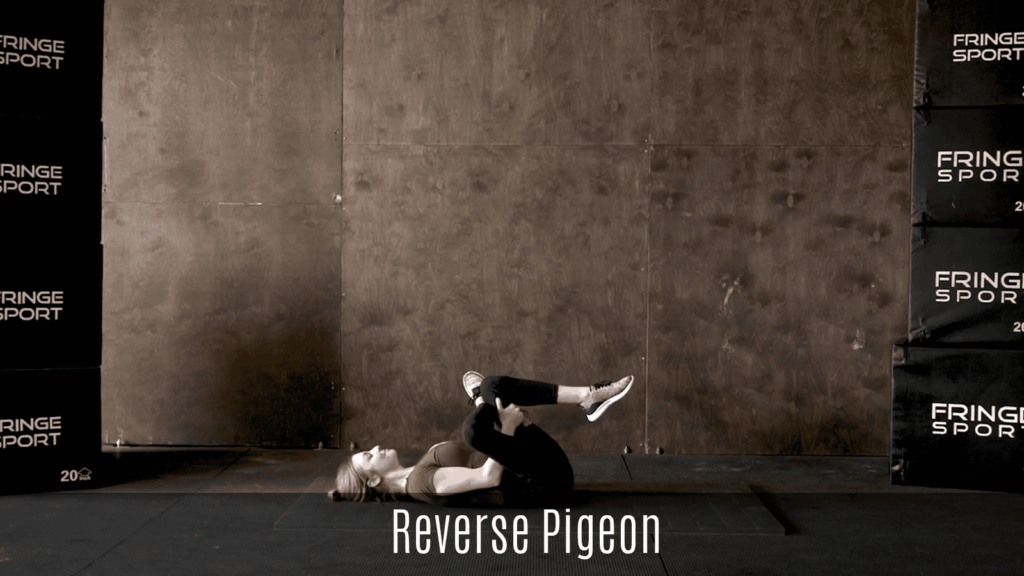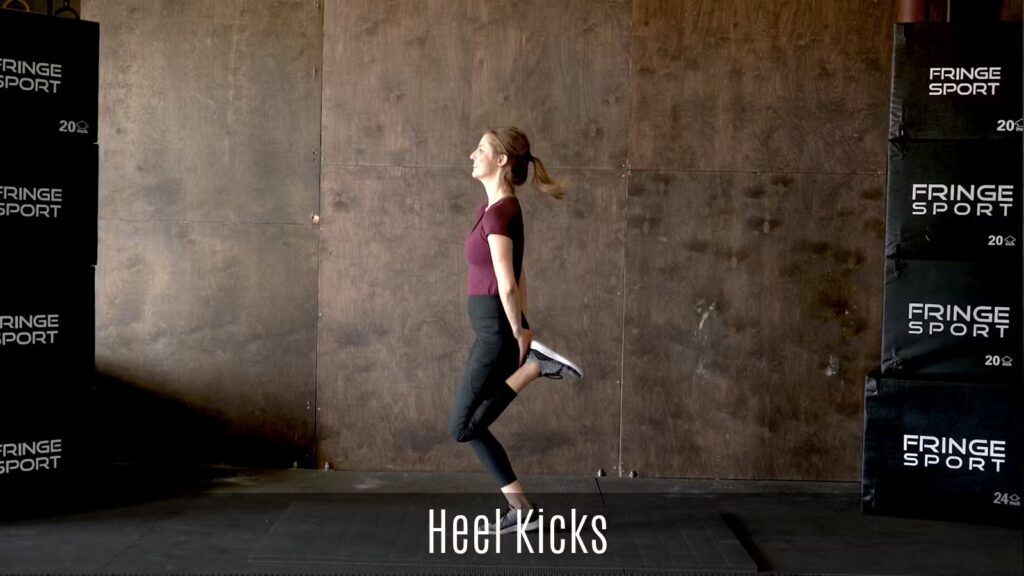“What is the piriformis muscle?” you may be asking yourself. Let us answer that for you. Running from your spine to your thigh bone, the piriformis muscle is an incredibly important muscle in the posterior chain. The main function of the piriformis muscle is to help the femur externally rotate and abduct. It helps us walk, stay stabilized and balanced, and gives us the ability to shift our weight from one side of the body to the other. As you can most likely guess by now, it is a critical muscle and it is important that it functions correctly.
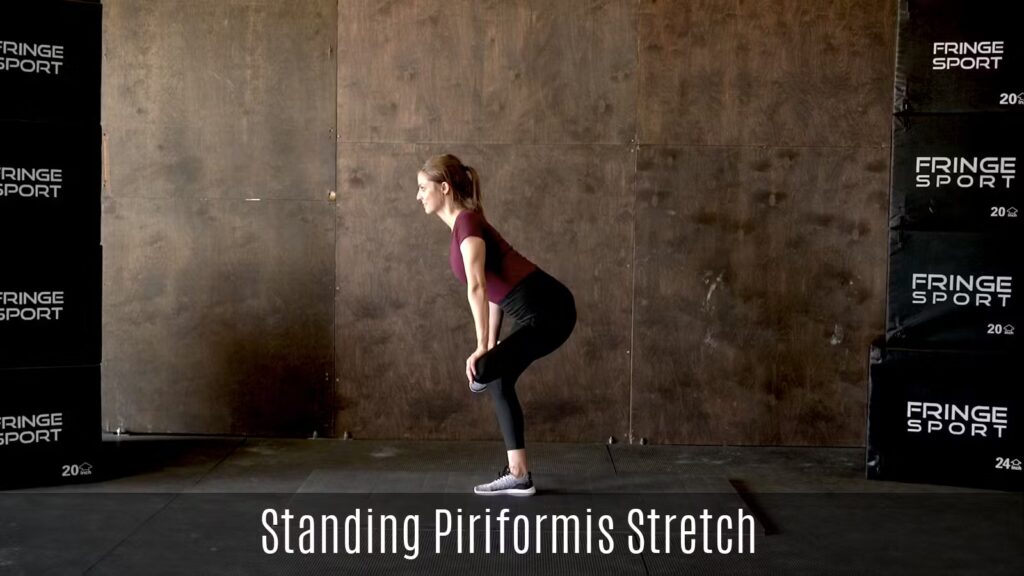
It is not uncommon to feel tightness in the piriformis region. If this, or inflammation, happens, it can cause pain and a range of other physical issues. Most people have heard of the piriformis muscle because of a particular issue that some experience. It’s called Piriformis syndrome.
What is Piriformis syndrome?
As common as piriformis syndrome is in our society today, there actually is no definitive test to diagnose it. There are a range of symptoms that may accompany this syndrome though. When you consult your personal healthcare professional, they will surely ask you about your symptoms and also commonly perform a physical exam.
An uncomfortable pain originating in the glute muscle is a common symptom for piriformis syndrome. This might present as a burning or tingling sensation. The pain might also run all the way down the length of the leg. This is where the sciatic nerve is and when the pain appears, it commonly means that the sciatic nerve is being compressed by the piriformis muscle. These symptoms usually appear after doing activities such as prolonged periods of sitting, walking, or running, or walking up the stairs.
If you have any of these symptoms, it is best to reach out to your doctor. They will be able to give you a course of action to help manage your personal symptoms and a treatment plan that could include different exercises and stretches.
What is the Piriformis Stretch?
The piriformis stretch is a movement that utilizes your own body weight to help loosen up and increase flexibility in the piriformis muscle. Again, if you believe you are suffering from piriformis syndrome, it’s best to consult your doctor or physical therapist.
That being said, we are big advocates of being able to perform some at-home body maintenance in the meantime. The important thing is to know how to do it correctly. Stretching is a good, cost-effective place to start. This piriformis stretch is no exception.
This is a quite simple stretch. All you have to do is start at standing with your feet shoulder-width apart. From here, shift your weight to your right foot and bring your left foot to rest on top of your right thigh.
Once you’ve established your balance here, sink your hips back and feel a nice stretch through your glutes and piriformis muscle. It’s important to keep your eyes focused ahead to maintain your balance. Because this does require a bit of balance and coordination, you can perform it next to a wall or sturdy object in case you need to reach out for some support.
Hold this pose for 15-30 seconds (or longer if you can) and then switch sides and perform on the other leg. You don’t need to have piriformis syndrome to perform this stretch. This is a great one to do for everyone to prevent pain and increase flexibility. Make a commitment to spending at least 10-15 minutes a day working through these movements. The sooner you can develop a routine with this, the sooner you can be on your way to feeling like your old self.
Piriformis Stretch Modifications
This stretch might feel intimidating if you know that balance is not a strong suit of yours. Please know that there are effective ways to modify this stretch to receive the benefits without having to rely on your balance.
The first modification we recommend is to bring this stretch to the floor. Lie on your back with both legs extended. From this position, bend your right knee and plant your right foot on the ground. Once here, bring your left foot to rest upon your right thigh. Bring your hands behind your right thigh and pull your right leg closer to your body. You should feel the same stimulus of stretch here in this position. Breathe deeply and try to sink deeper into the stretch on your exhales. Be sure to perform on both sides.
This same stretch can be performed seated as well. Sitting on the floor, plant one foot on the ground and bring the other to rest upon the top of the thigh. Play around with the different variations and see which ones you like the best and are most effective for you.
In a standing position, take your ankle and place it on your opposite thigh, just above the knee.
Sit back into the stretch, keeping your head up and your eyes ahead.
